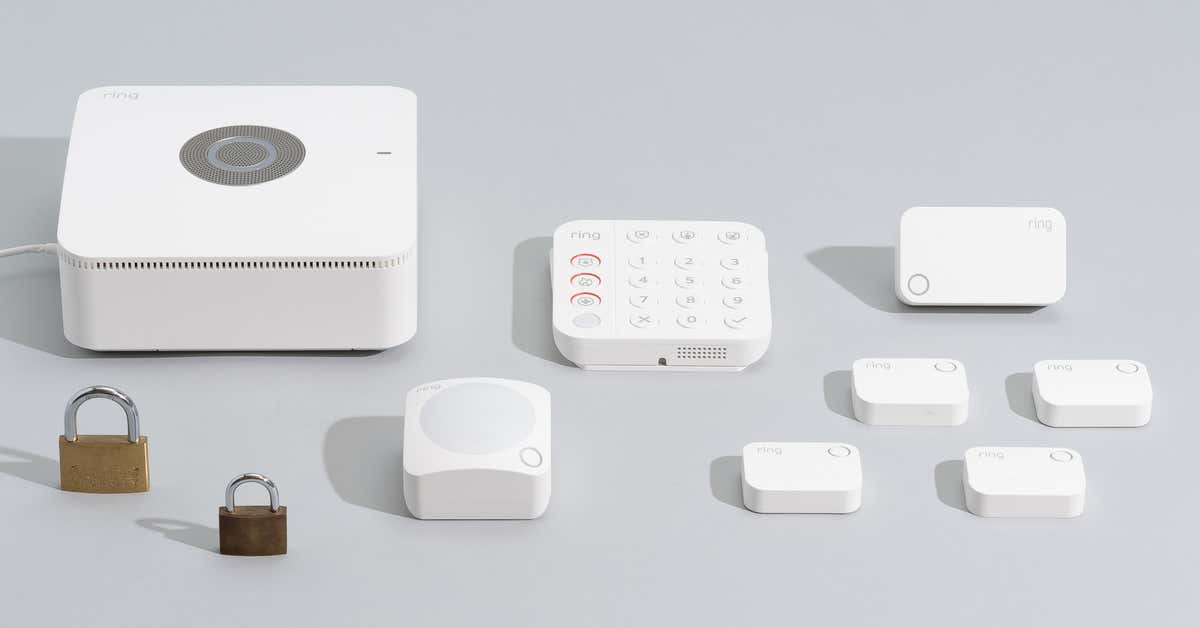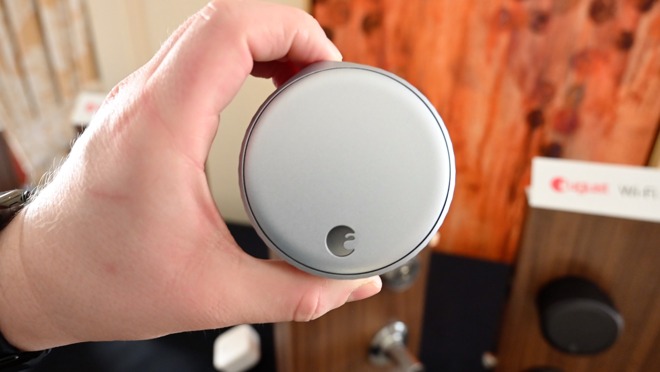
Wireless security systems are a great way to protect your home from burglary. They use sensors to detect when doors and windows are open or closed. WiFi-enabled cameras can be used to monitor your home and receive notifications via your smartphone. There are also wireless home security yard signs and stickers you can use to let would-be burglars know your home is protected. These systems can be used to contact emergency services in case of a break in.
Disadvantages
Wireless security systems can offer several advantages. However, they do have their drawbacks. Wireless security systems are less expensive than wired systems. These systems also do not require any wires to run through the walls or ceiling, which makes them more flexible. These systems are also more flexible and can be expanded to accommodate additional cameras or sensors. However, wireless security systems may be susceptible to interference from electromagnetic and structural interference. In addition, they can produce false alarms.
Installation
Wireless security systems are easy to set up and have many benefits. Wireless systems require less upheaval than wired systems. They can also be added to slowly as your home security needs change. Furthermore, wireless security systems are more cost-efficient, and you can choose the level of coverage that is right for your property.
Reliability
Wireless security systems offer several advantages over traditional hardwired ones, such as ease of installation and higher reliability. They also require less maintenance and cost less.

Wi-Fi
Wireless security systems are able to work even in the event of an outage. It will also be less susceptible to interruptions from power lines and interference. You can also protect your property with newer models that have more advanced capabilities. These features include sensors which create more data points as well as new software to keep your home safe.
FAQ
What is the distinction between surveillance cameras and security cameras?
Surveillance cameras may be used to monitor, but security cameras can also be used to protect.
Both cameras have their pros and cons. There is one major difference between the two types of cameras: the type of images that they capture. Surveillance camera record video in slow-motion so you can follow what's happening live. Security cameras, on the other hand, only record still images and video, which can be viewed later.
Which company is the best for home security monitoring?
ADT is the best company for home security monitoring. They offer 24/7 monitoring service at affordable price. Their customer support team can be reached at any time of the day. They will respond to your queries within minutes.
ADT also offers an app that works on both Android and iOS platforms. So you can check your home anytime, anywhere.
Which home security system is the most feature-rich?
Ring Video Doorbell Pro offers the most features of all home security systems that we tested. It allows you to see who is at the door, chat with them, and even record videos. You can also save recordings to the cloud with this free service.
What is the best system for home surveillance?
If you want to protect your family from intruders, then you should consider buying a home security system with cameras. These systems are simple to use and offer great benefits for homeowners as well as renters. They allow you to monitor your home remotely from any smartphone, tablet, laptop, or other mobile device.
What is the best home security system?
Ring Video Doorbell Pro remains the most popular home security system. You can use your smartphone to talk to and see any person at any time, from anywhere. You can also take video footage and share it by text message or via email with family and friends.
Statistics
- Depending on your insurance, 24/7 professional monitoring may qualify you for as much as 15% off your premium. (safewise.com)
- That's probably why Cove has a whopping 98%* customer retention rate. (safewise.com)
- Unlike other online safety services that charge up to 100 percent of your monthly fee, Cove charges no upfront fees and has no hidden costs.
- Cove sets you free without punishing penalties and fees, unlike other security solutions that charge 75% to 100% of your remaining contract. (safewise.com)
External Links
How To
How to Install Outdoor Motion Lights
How to install outdoor motion lights
The selection of the correct light fixture is the first step to installing outdoor motion lighting. Next is to decide where you want the lighting fixtures to be located. Next comes the wiring. The final step is to mount the fixtures.
Outdoor motion lights can be used to light pathways, driveways and walkways. You can choose from many different styles, sizes, and color options. Floodlights include spotlights. Pendants, downlights. Track lights. Wall sconces. Chandeliers.
There are three basic types of motion lamps: hardwired or wireless, and battery or solar-powered. Hardwired systems use wires that connect directly from the power source to the fixtures. Wireless systems transmit signals via radio waves from one fixture to the next. To operate fixtures, battery-powered systems require batteries.
Installers are usually qualified to wire hardwired systems. Hire an electrician to install these systems. If you don't know how to install these systems, it is worth hiring an electrician who specializes.
Wireless systems are often easier to set up than hardwired ones. You don't need to worry about running wires through walls or ceilings. But before you buy a wireless system you should first decide what type of wireless technology will work best for your needs. There are two main types of wireless technologies: infrared (IR) and radio frequency (RF). IR systems must have line of sight between receiver and transmitter. Because they bounce off objects like walls and furniture, RF systems permit some obstruction.
It is important to determine what type of wireless controller you will be using before you purchase a wireless system. Outdoor motion lights are equipped with controllers. You can choose to use either a wired or handheld remote to control your outdoor motion lights. Wired remotes are attached to the fixtures via cables. Handheld remotes look just like flashlights. You can operate them by pressing buttons on their bodies.
Installation of battery-powered systems requires little effort. It is easy to connect them to an electric outlet. To prevent the lights from turning on when there's no motion, most models have sensors that detect movement. The lights will turn on automatically if there's any movement near the sensor.
Many outdoor motion lights have timers. These allow you to save electricity by turning off the lights at night and on during the day. The timers can be set to run for between 10 and 24 hours.
It's tempting to spend more on expensive outdoor motion lights. If you do not need that particular feature, it isn't worth the extra expense. A simple LED spotlight can suffice. It's very affordable and will provide enough illumination.
The Best Home Security System. Over the past few years, home security has seen tremendous growth. This growth has been fueled by technological advancements and increased public awareness regarding crime prevention. Homeowners now have many choices when it comes to selecting a security system for their home.